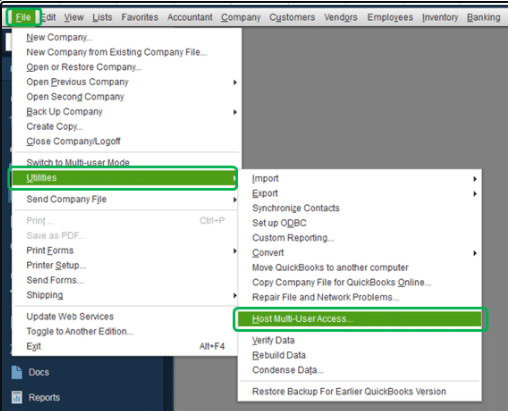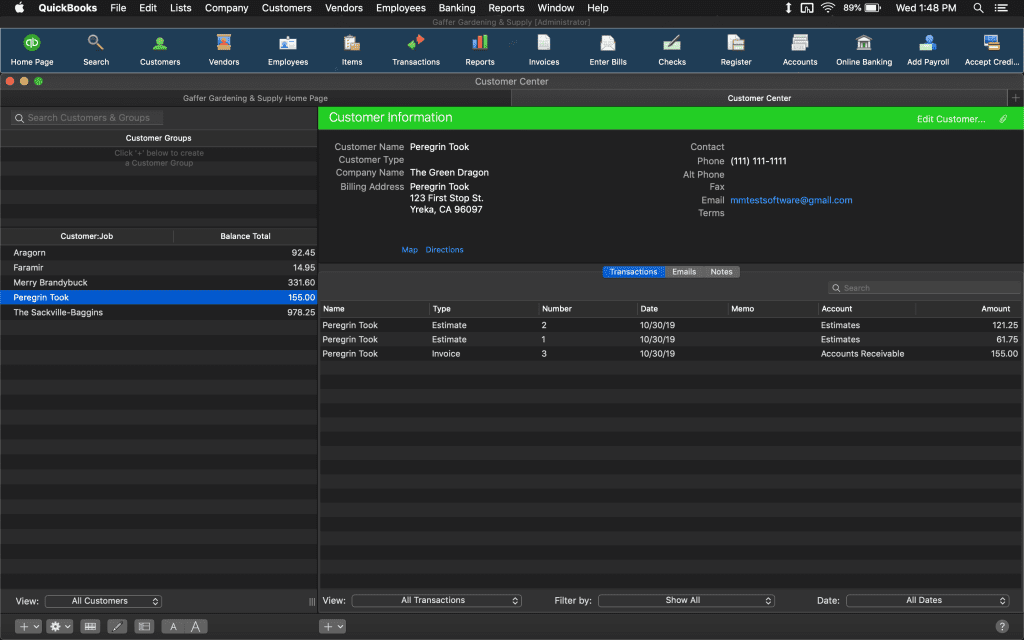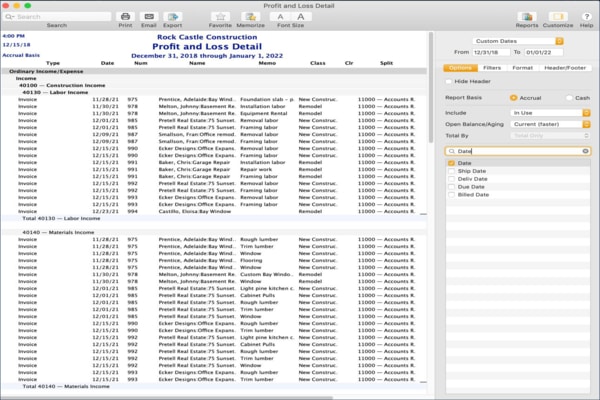

- #Turn multicurrency on in quickbooks for mac how to#
- #Turn multicurrency on in quickbooks for mac full#
If you can’t select this, you don’t have permission to manage other users.
#Turn multicurrency on in quickbooks for mac how to#
It demonstrates how to populate some of the user input with results from querying QuickBooks, allowing the user to input data and add an invoice to QuickBooks running on the desktop (same machine).

#Turn multicurrency on in quickbooks for mac full#
You can create custom Roles in QuickBooks Enterprise that give specific and limites access permissions to the users on certain areas of QuickBooks Enterprise, there 127 specific areas within QuickBooks which you can choose the level of access, ranging from NONE (no access whatsoever) to FULL (complete access to the area and information contained within it) to everything in-between, like Create.

QuickBooks automatically creates a separate account for each currency as you create the transactions. Note: The currency of A/R and A/P accounts must match the currency of the customer or vendor used in the transaction. Currencies can be assigned to the following account types: Bank, Credit Card, Accounts Receivable (A/R), and Accounts Payable (A/P).Use the new foreign-currency accounts for transactions after all open balances are closed. Continue to use the home currency accounts to complete any open balances.The currency can’t be changed for accounts that already have transactions recorded against them. All existing accounts will be assigned your home currency.You need to create new accounts for your foreign-currency transactions. You can only assign one currency for each account. Assign a Customer (or Vendor) Name and Currency.In the Customer Center (or Vendor Center), select the New Customer:job (or New Vendor) drop-down, then choose New Customer (or New Vendor).Go to the Customers (or Vendors) menu, then Customer Center (or Vendor Center).To add foreign-currency Vendors or Customers: If a name is already listed using your home currency, assign a slightly different name to the foreign-currency customer or vendor that you created.



 0 kommentar(er)
0 kommentar(er)
